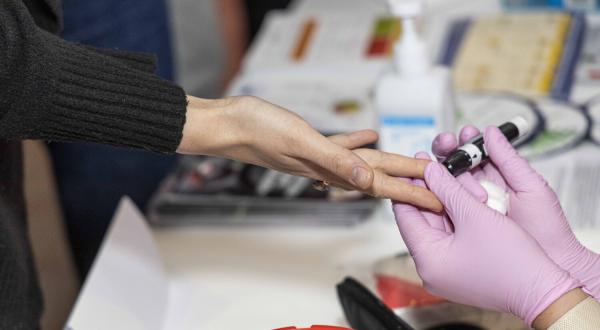Prevalence of emotional and behavioural difficulties among adolescents in Latvia: study by psychiatrist Ņikita Bezborodovs
Adolescents can develop various psychiatric (emotional or behavioural) disorders. This has been a significant public health problem globally and in Latvia for several decades. If these disorders are not promptly recognised and treated, they can lead to serious health and well-being problems in adulthood. In order to successfully recognise and prevent adolescent mental health problems, it is important to understand what factors influence their occurrence.
Ņikita Bezborodovs, a doctoral student at Rīga Stradiņš University (RSU), child psychiatrist and Assistant Professor at the RSU Department of Psychiatry and Narcology, has conducted a doctoral study aimed at finding out the prevalence of emotional and behavioural difficulties in adolescents in Latvia and the factors influencing them. The study also evaluated the effectiveness of the Strengths and Difficulties Questionnaire, a widely used mental health screening tool.
 Avots: Depositphotos
Avots: Depositphotos
The results show that 9.3% of Latvian adolescents aged 11-15 have significant emotional difficulties and 6.4% have behavioural difficulties. Boys are less likely to have emotional difficulties than girls, and the incidence decreases as they get older. For girls, on the other hand, emotional difficulties increase significantly with age. Behavioural difficulties are more common in 11-year-old boys than in girls, but the prevalence of behavioural difficulties equalises between the genders as they get older.
For boys, emotional difficulties are most closely linked to problematic use of social networks. While for girls they are linked to various health complaints and experiences of bullying at school and on the internet.
For both genders, emotional difficulties are associated with low self-esteem and poor quality of life in their own opinion.
Behavioural difficulties for girls are most closely linked to low quality of life in their own opinion, smoking and alcohol use.
For both genders, behavioural difficulties are largely linked to excessive use of social media and bullying both at school and on the internet.
Based on the study data, the Strengths and Difficulties Survey can be used to learn more about the prevalence and causes of emotional and behavioural difficulties in adolescents. However, it is not sufficiently suitable for everyday use in specialised child psychiatry practice.
The findings of the study on the prevalence and causes of emotional and behavioural difficulties among young people in Latvia are important for developing and implementing prevention programmes and planning national policies in the field of adolescent mental health.




